November 8, 2020
Martha O'Kennon
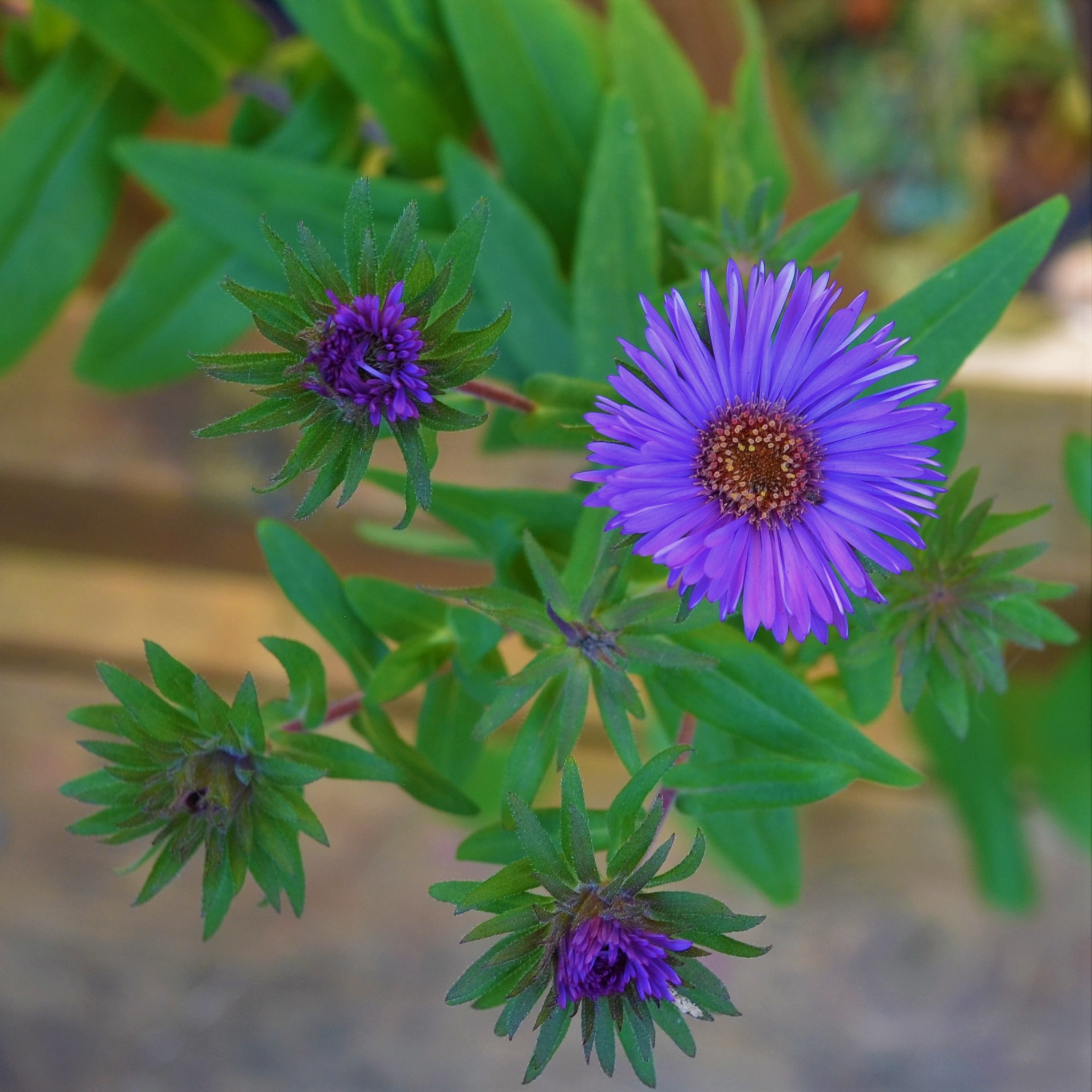
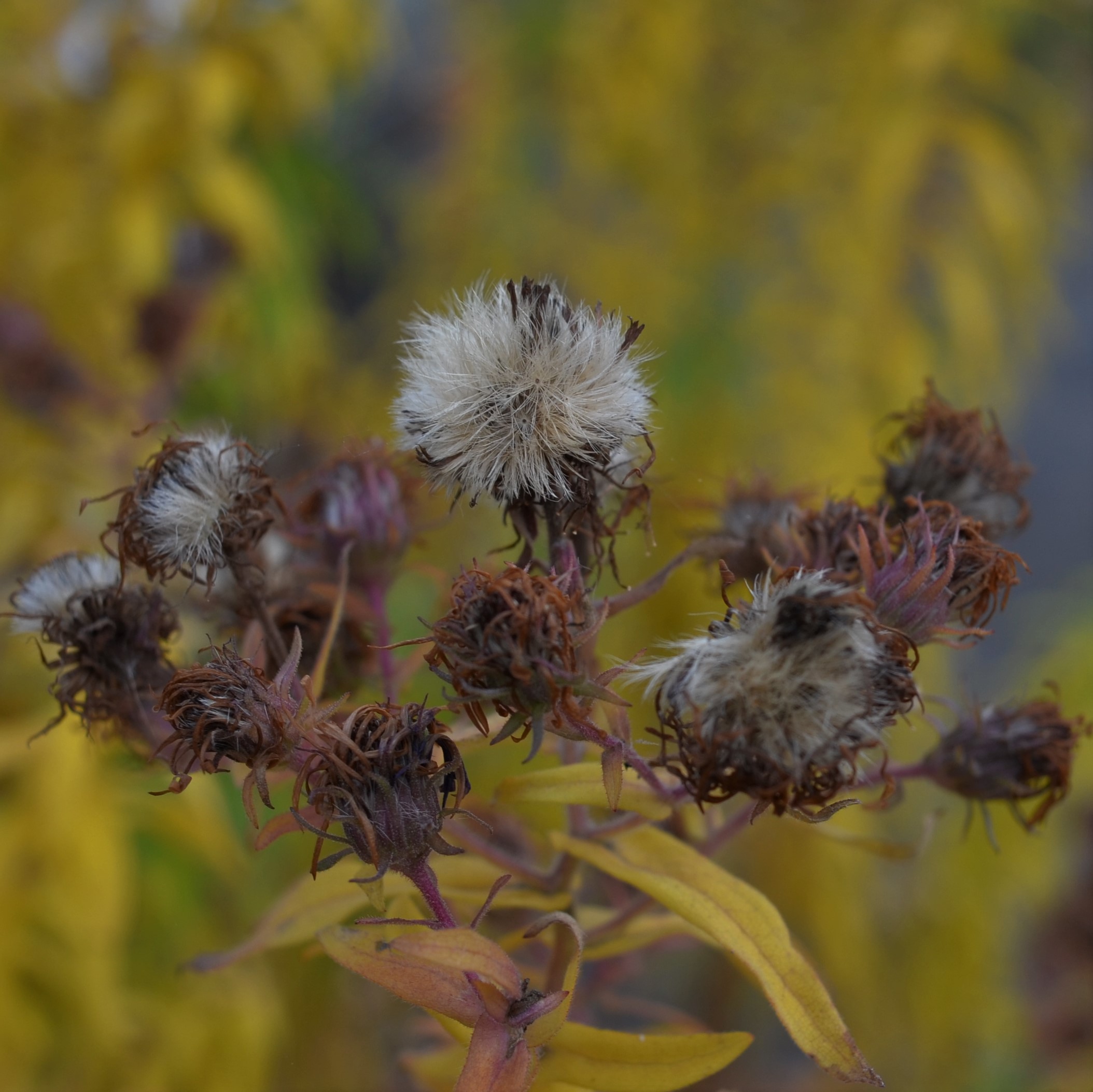
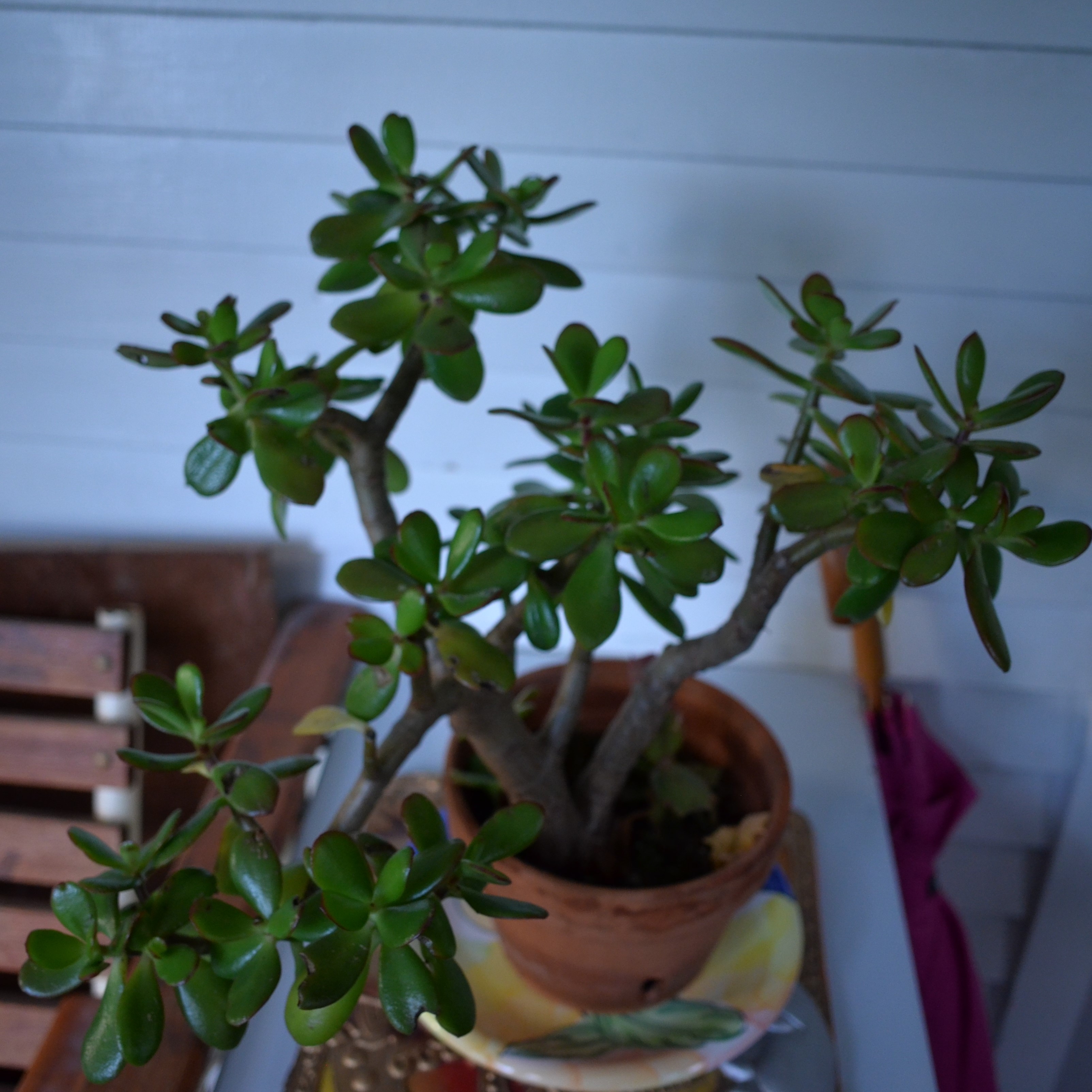
The lovely and bodacious Asters are going by. Picture 2 shows them going to seed. Oh. Here is your big chance to let them overrun your yard too. If you will send me a somewhat padded self-addressed envelope I will calculate the expense of sending it back to you with a few Aster seedheads inserted. Just wait till their fluffy stuffing is falling apart and then wave it over the spot of ground you want to become Aster country. They really take very little work from you! Email me and I'll supply my address. Picture 3 is of our friend Jadesy, who has now come in to spend the winter indoors. Mildly sadly, when I checked her smallest pairs of leaves, they showed no sign of flower buds inside. But I seem to recall that J. was already a very large plant when I got her, much older than she is now after I pinched her off from her enormous mother.
Remember that there is information in the name of the file for each image. You can see it by mousing over the image - look at the lower left of the screen. Or you can click on the image to get to the (usually) larger image. Then the info is displayed in the address line above. Sometimes the second click will actually display a different view of the original image.
I have experimented with my old camera, redoing and redoing the settings and now can mostly count on getting a picture of the ants left outdoors. The Small Honeys (picture 1) are still running the shop walls. So are the Eastern Black Carpenters (picture 2). But the big surprise was that today (November 7) this big Hairless Rover Queen was wandering around on the siding! According to Steven Wang, who identified her, this year has been quite unusual. Where he is (Ithaca, New York) the weather is very much warmer than expected. It is warmer today here in Albion, but the past few weeks have been unusually cool!
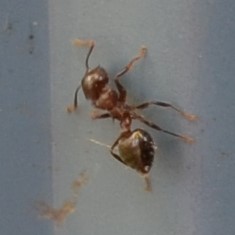
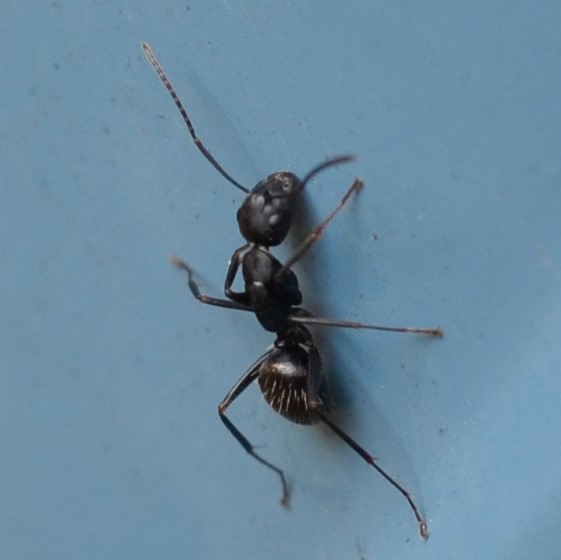
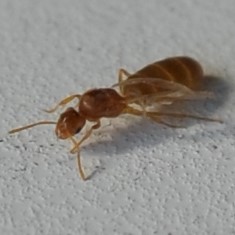
For the second week in a row, there were many individual bagworms inching their ways up and down the siding. I can't tell if they are all one species or not, but they are really difficult to distinguish from one another.


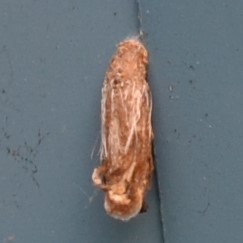
The Barklice are disappearing from the Wall. Only one species is multitudinous, and I'll bet you could anticipate which one that is - the Graphopsocus cruciatus, or F-winged Barklouse, as it is known in iNat.. There are many corners where you can see two at a time (picture 1). Picture 2 shows one who seems to have laid a couple clutches of eggs. And third shows a bunch of partially-hatched eggs.
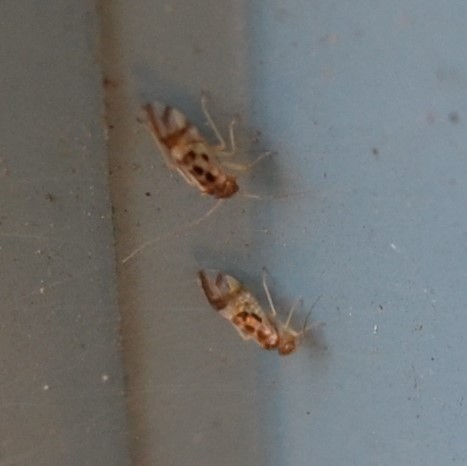
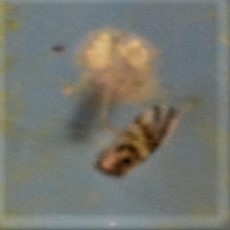
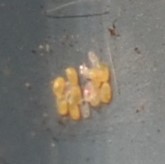
There were a few new-looking Barklice though. Here is one that the ID app in iNat called a Lizard Barklouse. Let me explain something lest you think there is only one Lizard Barklouse. There is a whole family, all of which are called Lizard Barklice. This first one seems to be a very attractive little creature. I don't know the second one either, but think the third is a picture of Echmepteryx hageni, which is a scraggly little thing even if I had the better camera back from the hospital.
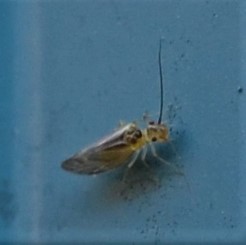
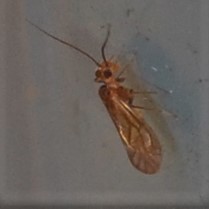
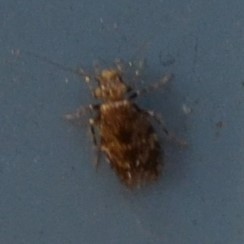
I miss my Barklouse families, and haven't seen a bee in ages. But we did have a few Beetles, like this shiny greenish Flea Beetle; this Sap-feeding Beetle of genus Carpophilus; and this tiny Weevil (pictures 3 and 4).
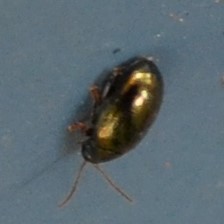
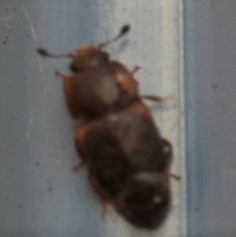
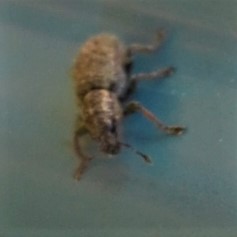
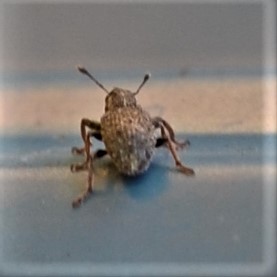
On to the Bugs. After a break, here's another Assassin Bug, Zelus luridus. We don't always see them in this bright orange coloring. Then a Boxelder Bug. Did you think we could avoid them? Actually I think they're very lovely. Then here is one of the Damsel Bugs (two pictures), another kind of Assassin.

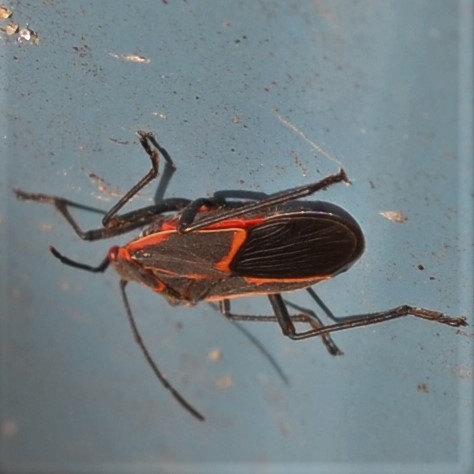
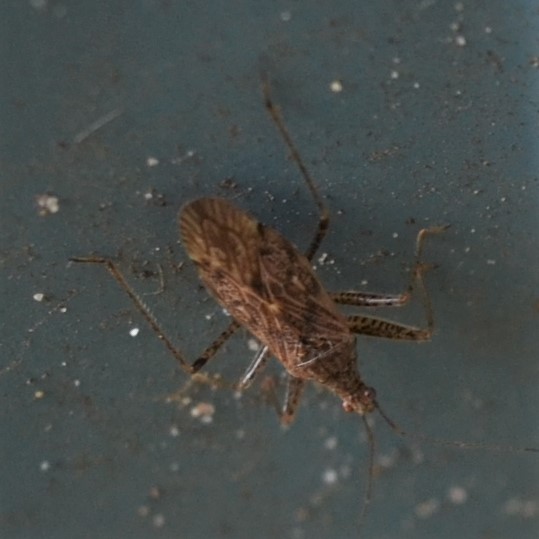
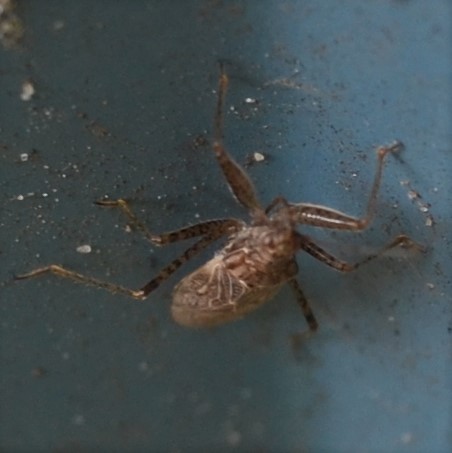
So on to the Leafhoppers. We had oodles of Erythridula (picture 1), and Eratoneura (picture 2), including E. era .

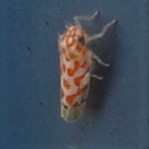
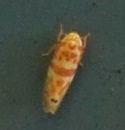
A few more Leafhoppers. First, a nymphal Agallia quadripunctata; then one of genus Aphrodes; a very colorful member of genus Dikraneura; and finally, a much larger Delphacid Leafhopper, possibly in genus Eutettix.
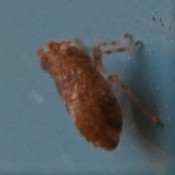
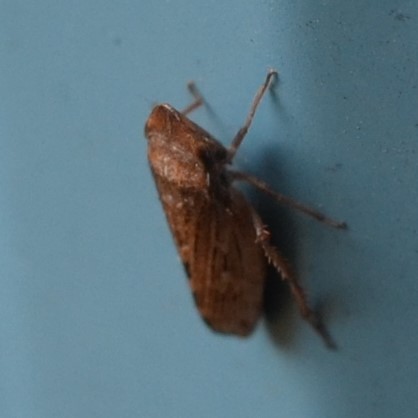
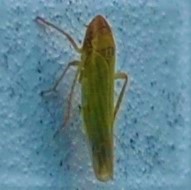

Here, in the midst of a bunch of aster seeds, is what looks like a Lygus Plant Bug. Next is some kind of pupal case, possibly for a Moth of some sort. Third is that string with eggs dangling from it. I still don't know what they could be...
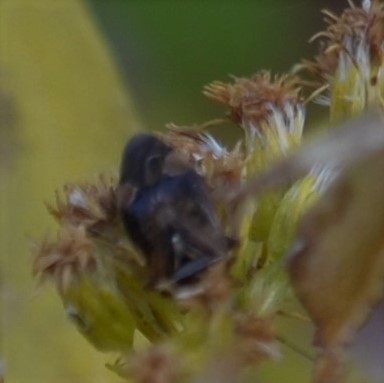
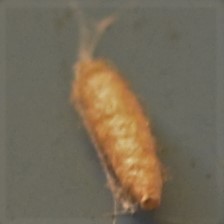
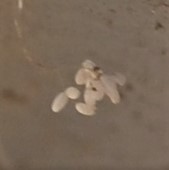
Here I pulled back the netting so you could see the Fishes. This week has still been warm enough that the Fishes were hungry! You can see the tree branches too, as they have lost their leaves.
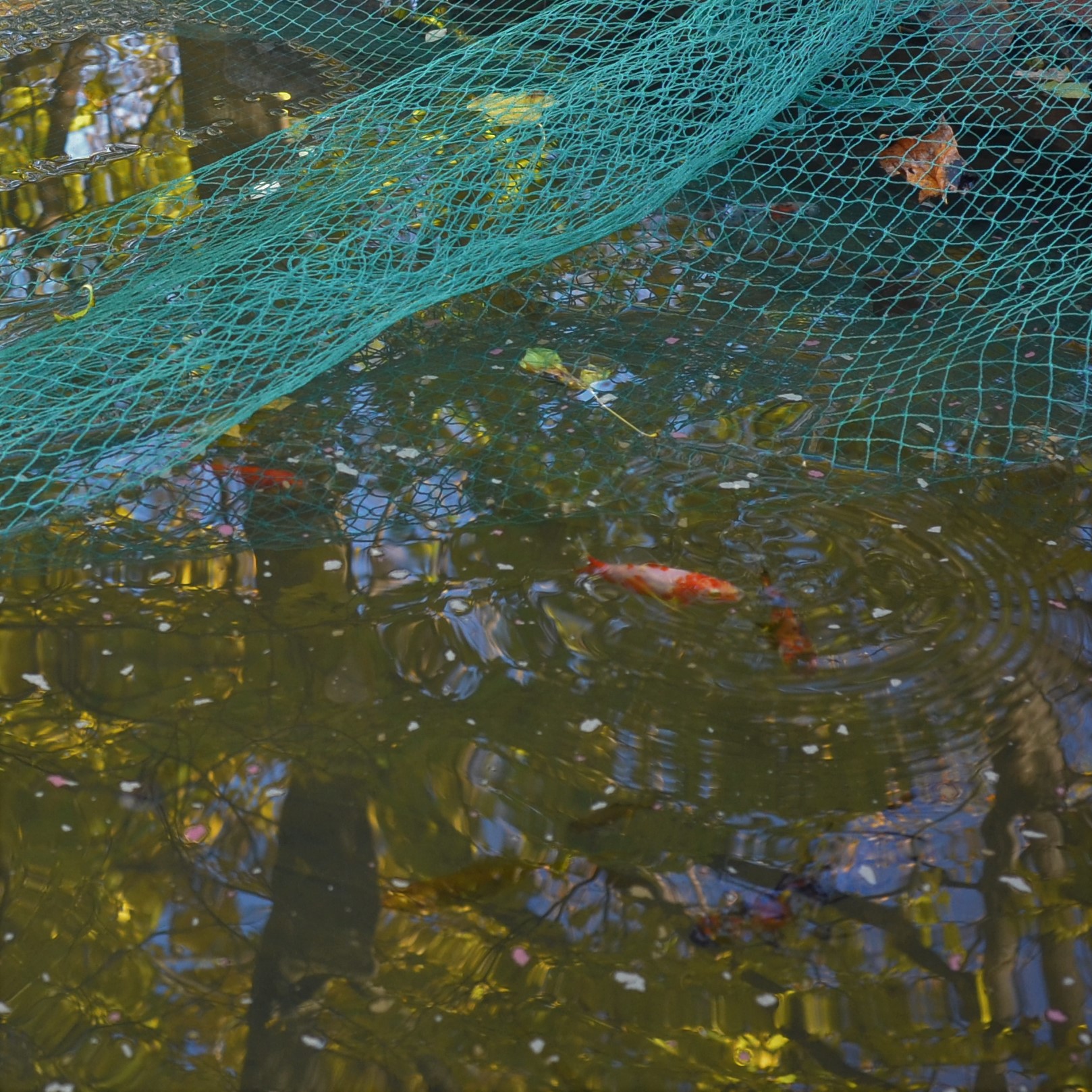
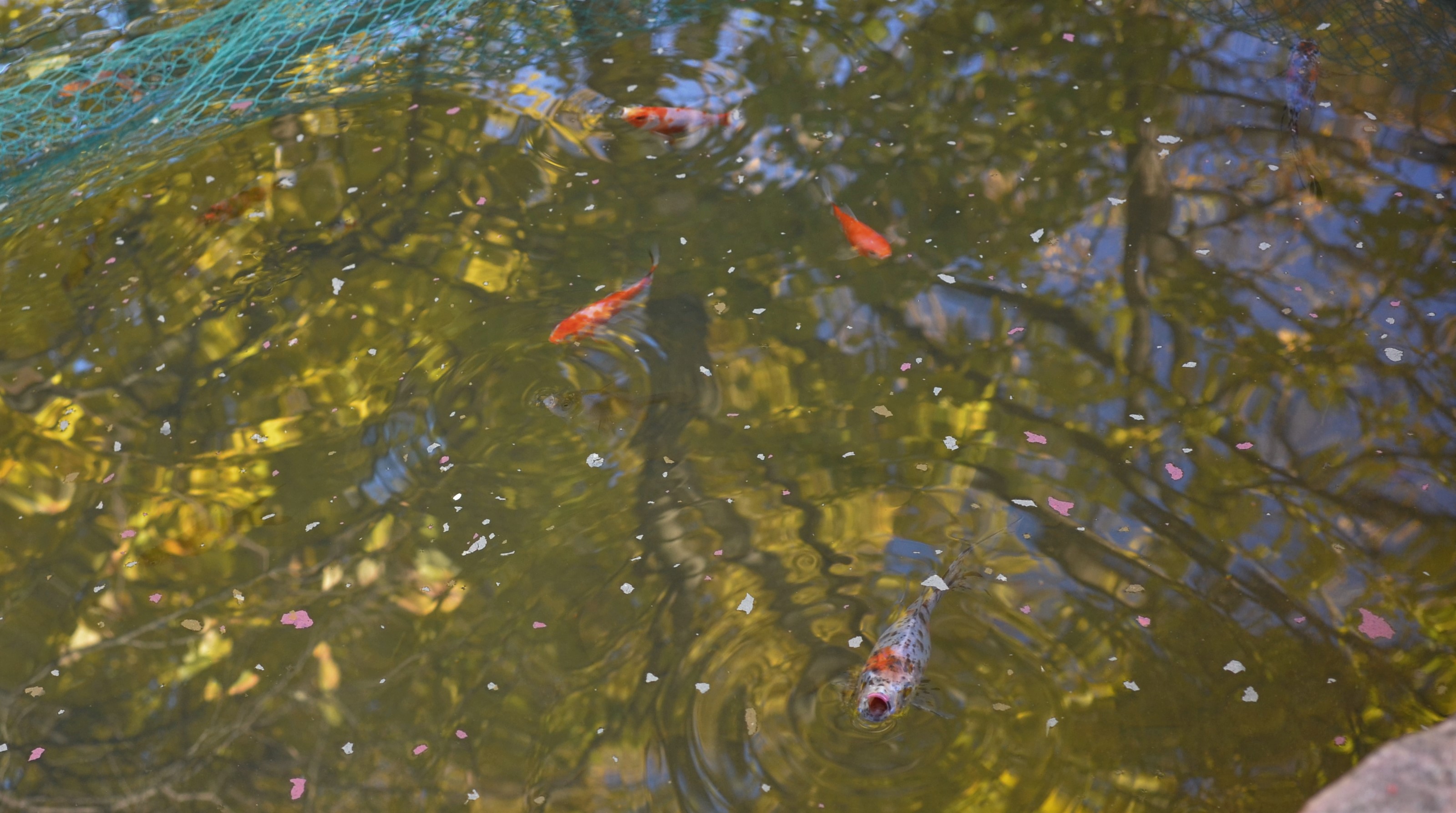
And now we are into the Flies. There were a few new ones to me. Here is one of many Crane Flies. Then what is probably of genus Suillia. Third is one that resembles a House Fly.
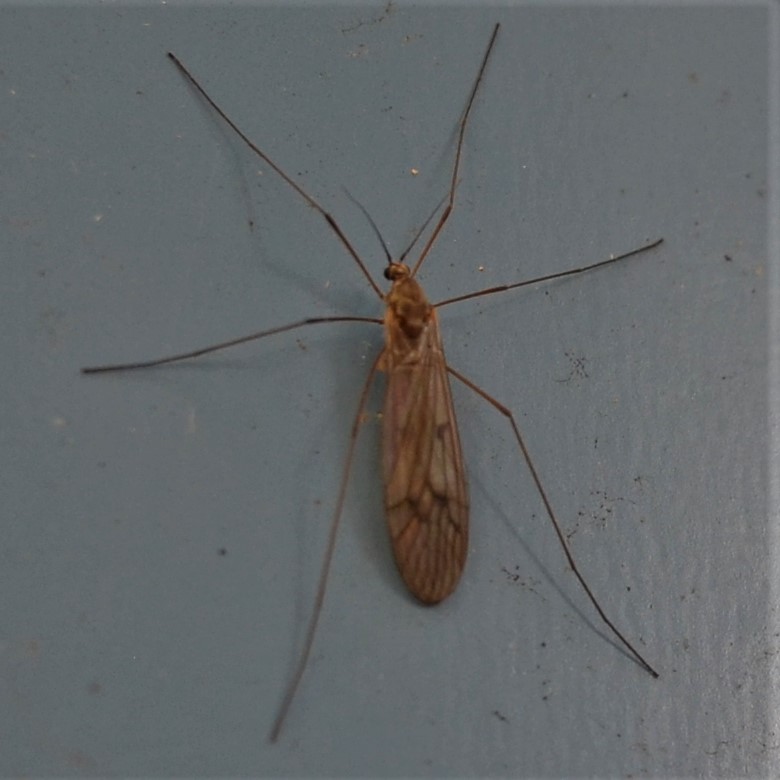

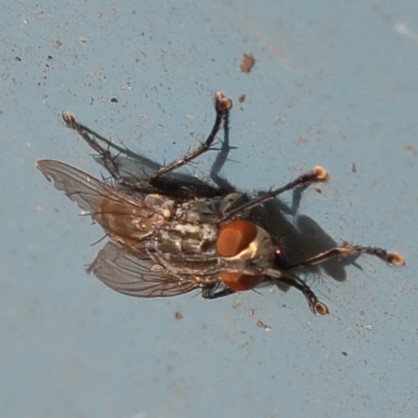
First here is probably a Banded-Wing Fly. It certainly has banded wings. Did I ever mention this thing that took me a while to figure out? If a figure is striped, the stripes run Lengthwise, whereas if the stripes run Across, the figure is called banded. Next are two Flies that I've no clue about.
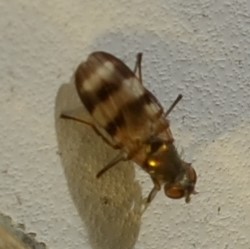
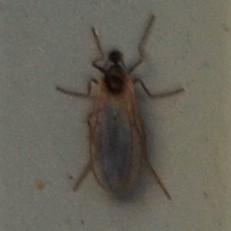
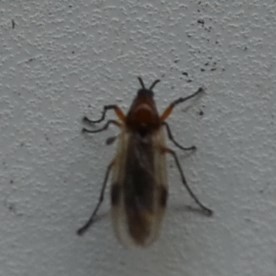
Here is a Smoky-winged Woodlouse (Pillbug) Fly. Then come two mystery Flies.
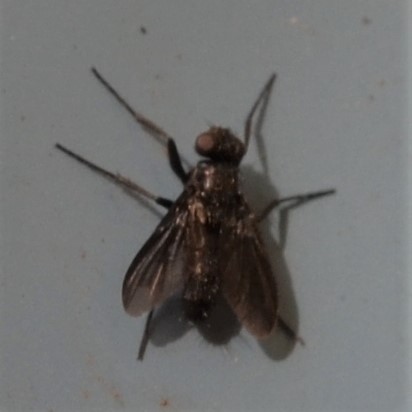
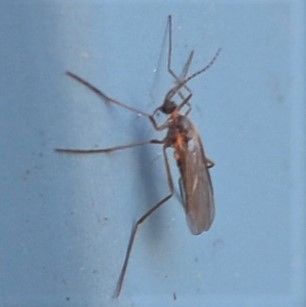
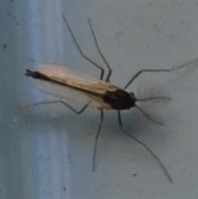
The Harvestmen are having a good week on the Wall of Fame. This one is an Adult, but there are now a fair number of juveniles as well. Next is a Brown Lacewing, identified by @grigorenko on iNat as Micromus posticus. Third is a Looper (Geometrid Moth larva) in a funny position, with each end in a different focus.
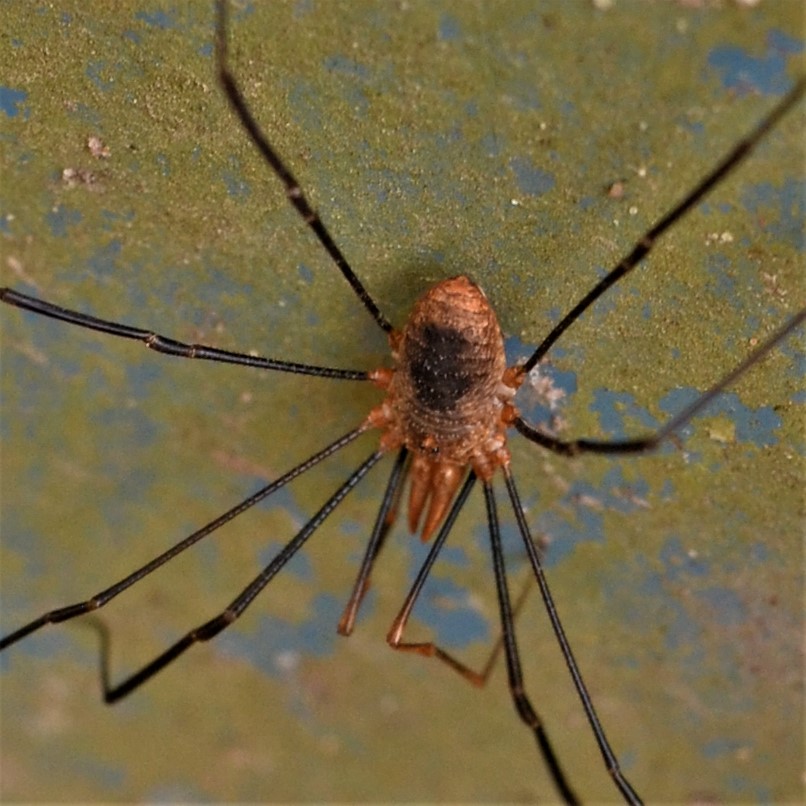
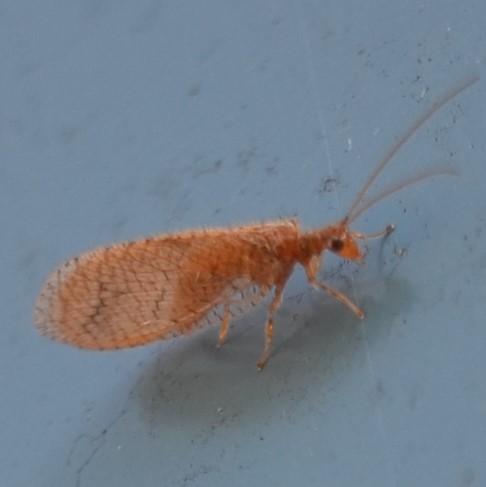
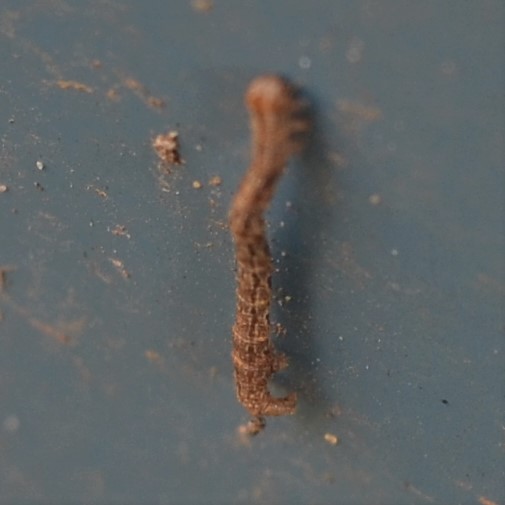
Into the Spider's nest! All three of these are largish Crab Spiders. First is a lovely one of genus Bassaniana, with its heart-shaped top of the head (Carapace). Third is a Thin-legged Wolf Spider. Don't its legs look all soft and dangly?
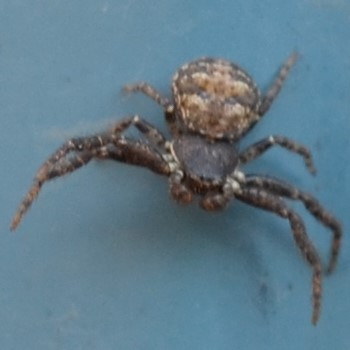
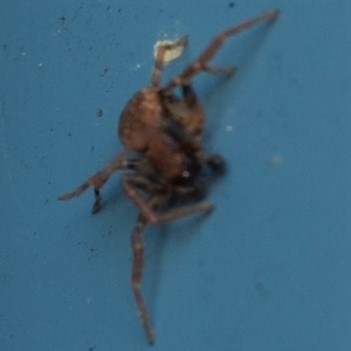
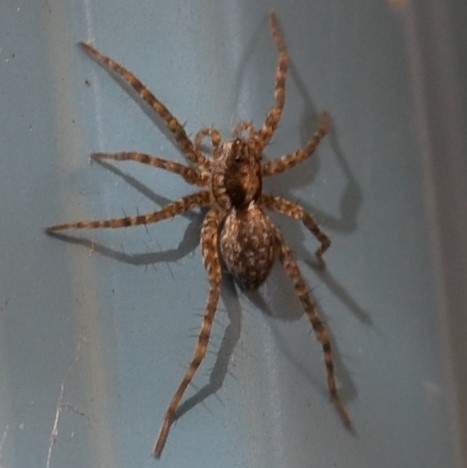
Here is a tiny Crab Spider of genus Mecaphesa. It looks as if it would have been happier sitting in a Goldenrod flower, waiting for prey. Speaking of prey, this (second) (Common House Spider) seems to have nabbed an interesting one. Third WAS prey for some other Spider.
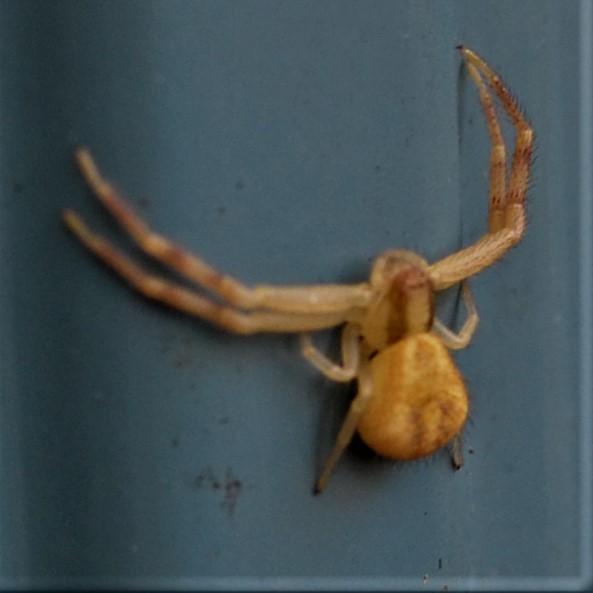
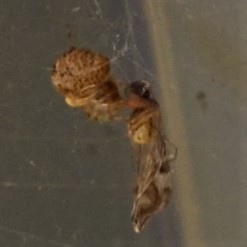

Here are a few more pictures for this past week. First is a Thistle that planted itself in the front yard. I dug it up for a Keeled Treehopper to colonize in the Spring. Second is a shot of Snowberry seed pods, the fruit of those pretty pink-and-white flowers all Summer. Third is a flower borne on the Hibiscus that hardly bloomed outdoors this year, but now that it is safely brought in has put out a lovely blossom.

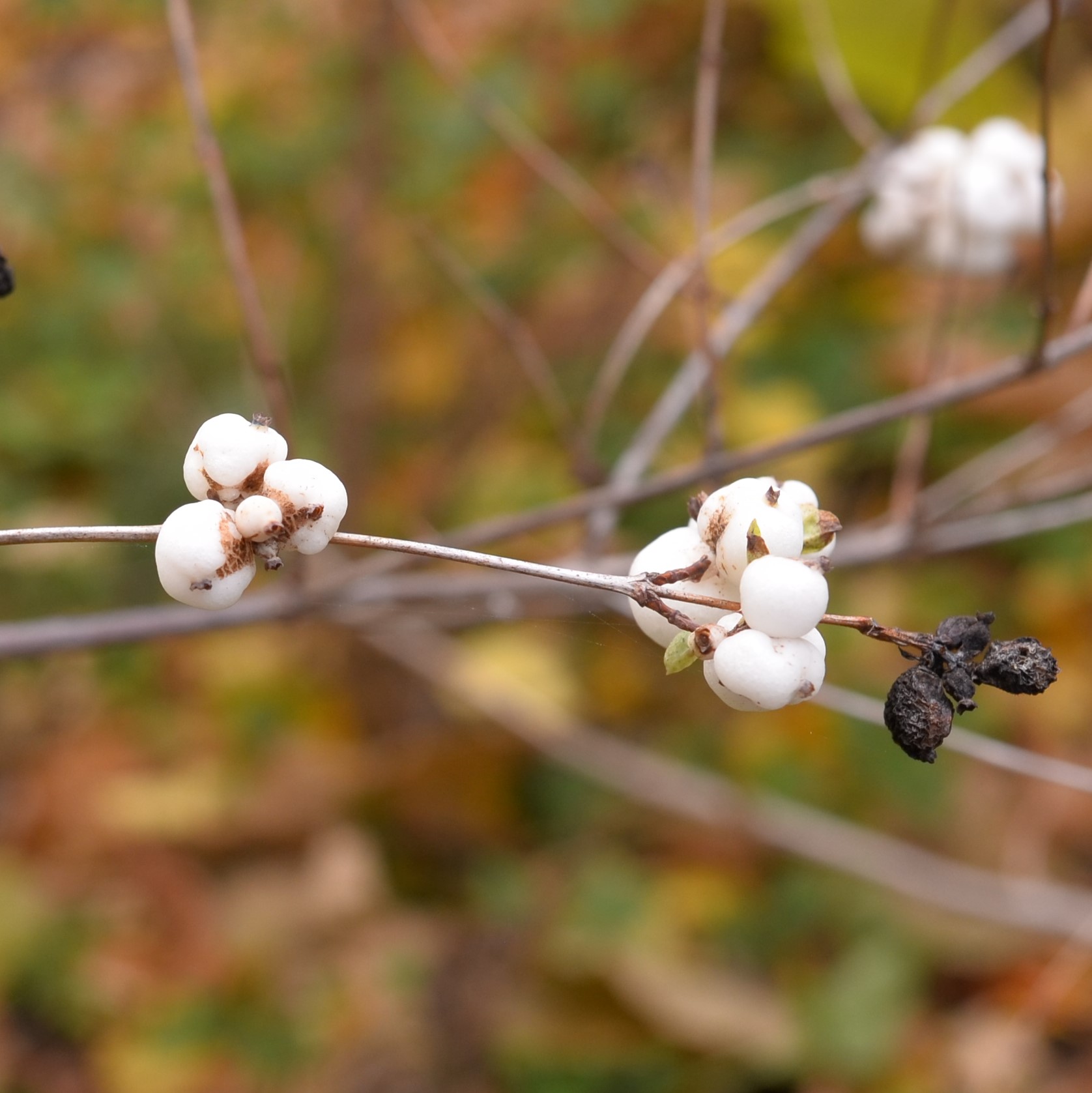
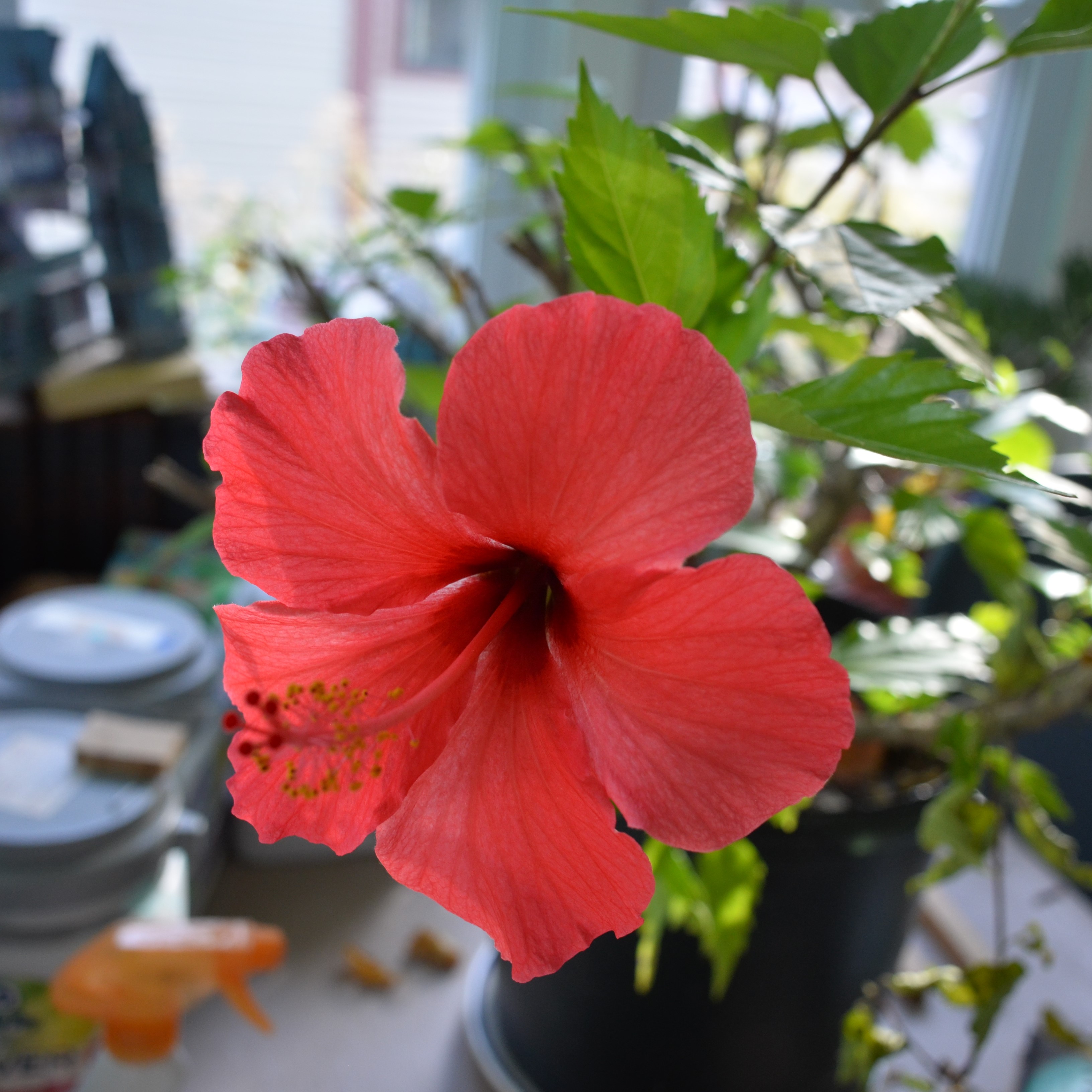
Two last pictures of late creatures. First is a Whitefly, that tiniest of visible insects. Then a Wooly Bear from Mary-Ann Cateforis up in the North Country of New York State.
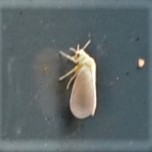
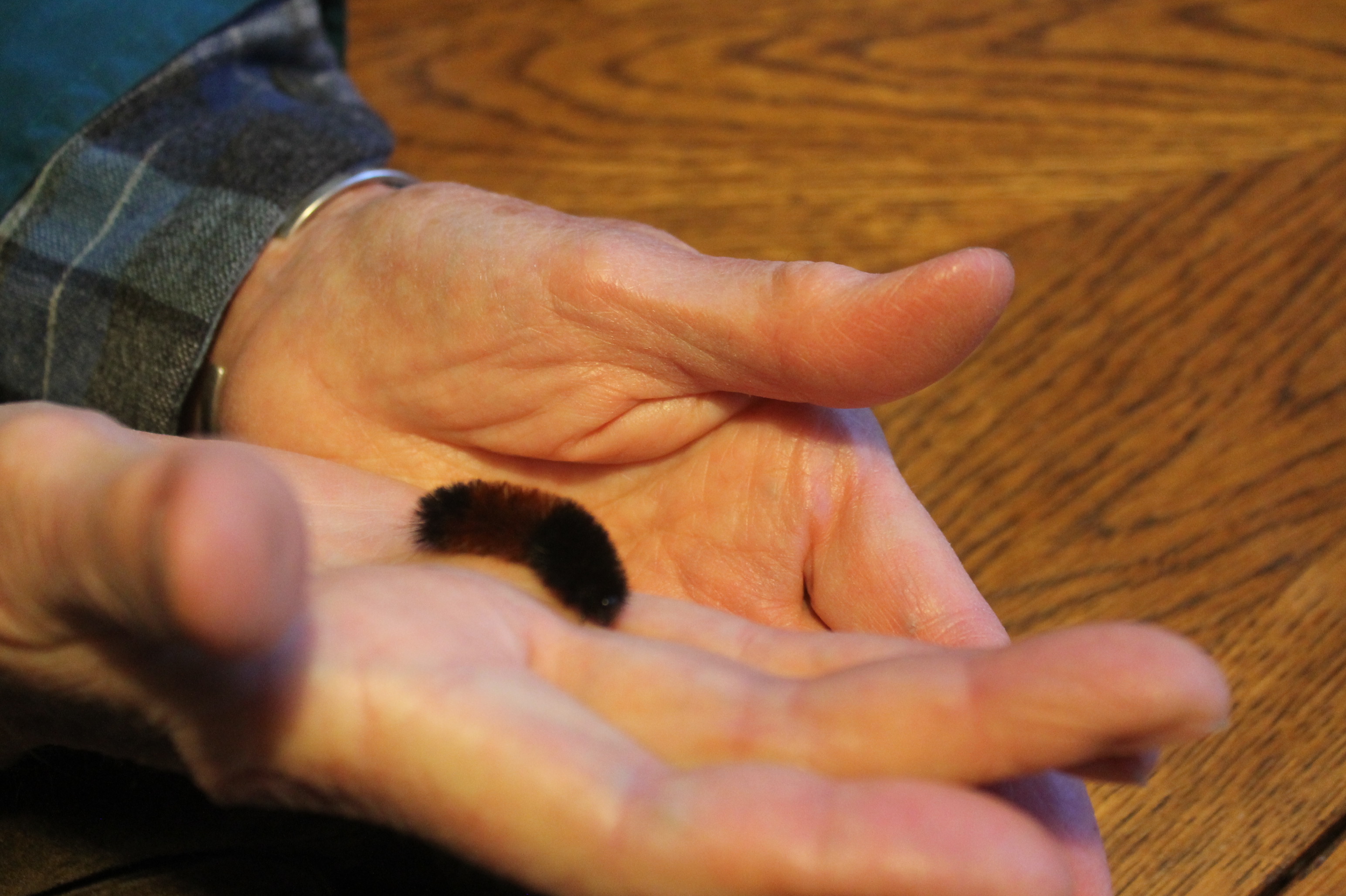
Some last color from here in South Central Lower Michigan. Honest! Here the Epimedium is beginning to show its fall colors. Then, here I am looking across the street from behind the Euonymus. Finally, here is the usual view of the Euonymus, showing the copious seeds it has set for the birds' winter snacks.

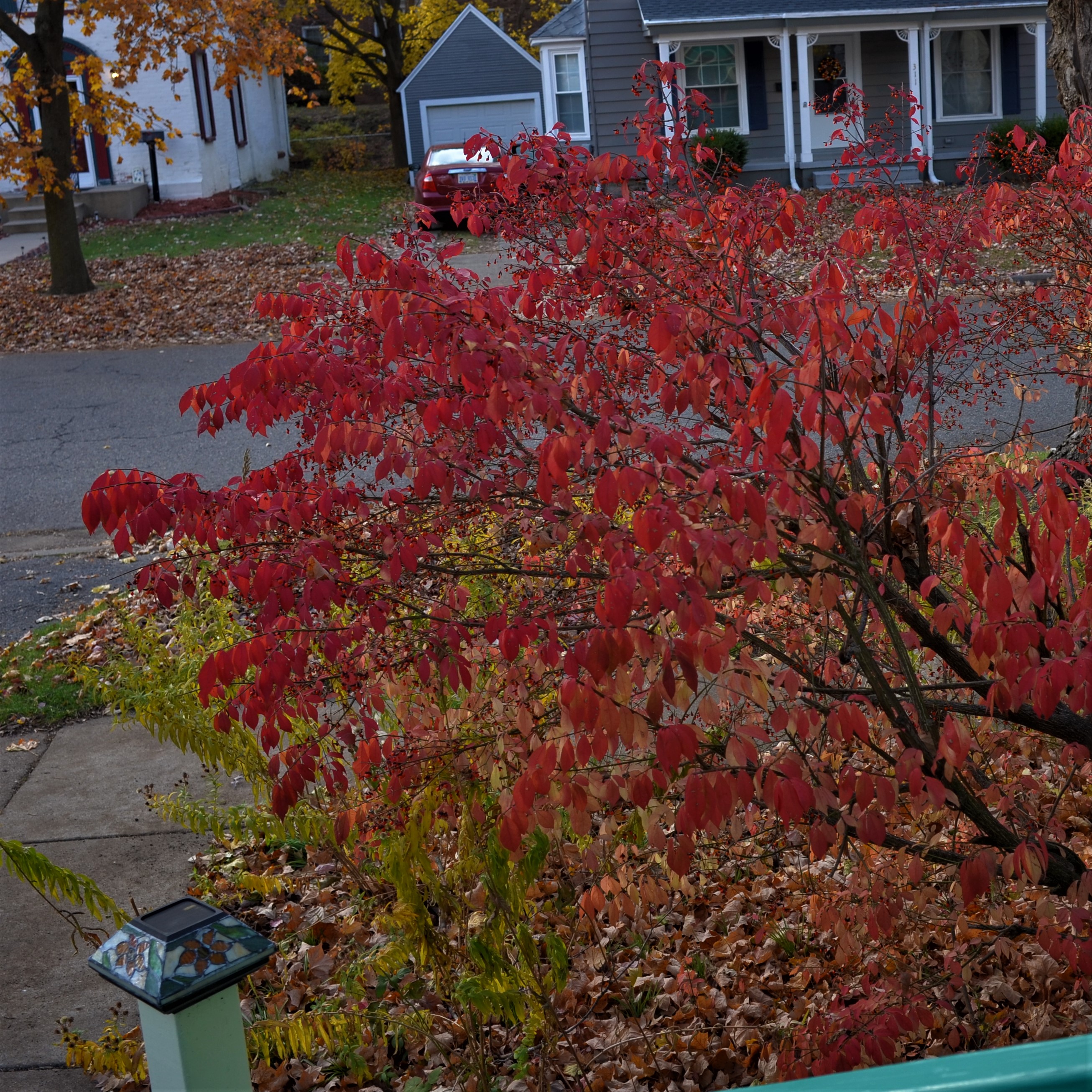
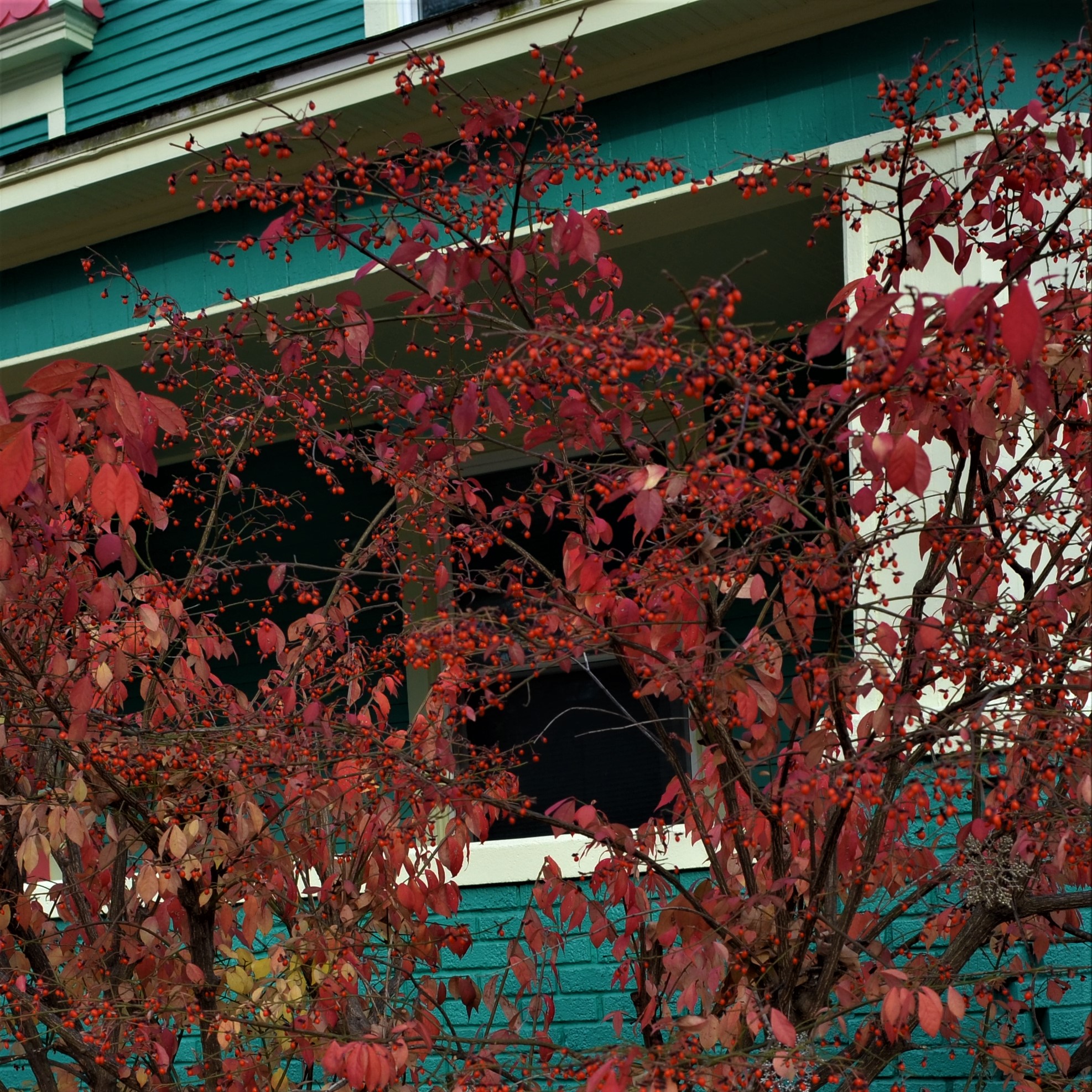
Another week has gone by. The excitement began on Tuesday and continued through the rest of the week, until finally the election was called for a person that I hope will work for all of us and begin to restore some of the rights we have been losing, including making progress against the Covid pandemic. I'd like to thank Biddy Greene again for that lovely parody we read last week - I'm feeling better as we speak. I'd also like to thank the international community for emails of comfort and cheer as the week dragged on.
Love, Martha
Back to November 1, 2020
Forward to November 15, 2020
Back to main menu
copyright Martha O'Kennon 2020































































